Data Center Trends 2025: Vertiv Predicts Industry Efforts to Support, Enable, Leverage and ........
AI continues to reshape the
data center industry, a reality reflected in the projected 2025 data center
trends from Vertiv, a global
provider of critical digital infrastructure and continuity solutions. Vertiv
experts anticipate increased industry innovation and integration to support
high-density computing, regulatory scrutiny around AI, as well as increasing
focus on sustainability and cybersecurity efforts.
“Our experts correctly
identified the proliferation of AI and the need to transition to more complex
liquid- and air-cooling strategies as a trend for 2024, and activity on that
front is expected to further accelerate and evolve in 2025,” said
Vertiv CEO Giordano (Gio) Albertazzi. “With AI driving rack densities
into three- and four-digit kWs, the need for advanced and scalable solutions to
power and cool those racks, minimize their environmental footprint, and empower
these emerging AI Factories has never been higher. We anticipate significant
progress on that front in 2025, and our customers demand it.”
The 2025 trends most likely
to emerge across the data center industry, according to Vertiv experts:
- Power and cooling infrastructure innovates to
keep pace with computing densification: In
2025, the impact of compute-intense workloads will intensify, with the
industry managing the sudden change in a variety of ways. Advanced
computing will continue to shift from CPU to GPU to leverage the latter’s
parallel computing power and the higher thermal design point of modern
chips. This will further stress existing power and cooling systems and
push data center operators toward cold-plate and immersion cooling
solutions that remove heat at the rack level. Enterprise data centers will
be impacted by this trend, as AI use expands beyond early cloud and
colocation providers.
- AI racks will require UPS systems, batteries,
power distribution equipment and switchgear with higher power densities to
handle AI loads that can fluctuate from a 10% idle to a 150% overload in a
flash.
- Hybrid cooling systems, with liquid-to-liquid,
liquid-to-air and liquid-to-refrigerant configurations, will evolve in
rackmount, perimeter and row-based cabinet models that can be deployed in
brown/greenfield applications.
- Liquid cooling systems will increasingly be
paired with their own dedicated, high-density UPS systems to provide
continuous operation.
- Servers will increasingly be integrated with
the infrastructure needed to support them, including factory-integrated
liquid cooling, ultimately making manufacturing and assembly more
efficient, deployment faster, equipment footprint smaller, and increasing
system energy efficiency.
- Data centers prioritize energy availability
challenges: Overextended
grids and skyrocketing power demands are changing how data centers consume
power. Globally, data centers use an average of 1-2% of the
world’s power, but AI is driving increases in consumption that are likely
to push that to 3-4% by 2030. Expected increases may
place demands on the grid that many utilities can’t handle, attracting
regulatory attention from governments around the globe – including
potential restrictions on data center builds and energy use – and spiking
costs and carbon emissions that data center organizations are racing to
control. These pressures are forcing organizations to prioritize energy
efficiency and sustainability even more than they have in the past.
In 2024, we predicted a
trend toward energy alternatives and microgrid deployments, and in 2025 we are
seeing an acceleration of this trend, with real movement toward prioritizing
and seeking out energy-efficient solutions and energy alternatives that are new
to this arena. Fuel cells and alternative battery chemistries are increasingly
available for microgrid energy options. Longer-term, multiple companies are developing
small modular
reactors for data centers and other large power
consumers, with availability expected around the end of the decade. Progress on
this front bears watching in 2025.
- Industry players collaborate to drive AI
Factory development: Average
rack densities have been increasing steadily over the past few years, but
for an industry that supported an average density of 8.2kW in 2020, the
predictions of AI Factory racks of 500 to 1000kW or higher soon represent
an unprecedented disruption. As a result of the rapid changes, chip
developers, customers, power and cooling infrastructure manufacturers,
utilities and other industry stakeholders will increasingly partner to
develop and support transparent roadmaps to enable AI adoption. This collaboration
extends to development tools powered by AI to speed engineering and
manufacturing for standardized and customized designs. In the coming year,
chip makers, infrastructure designers and customers will increasingly
collaborate and move toward manufacturing partnerships that enable true
integration of IT and infrastructure.
- AI makes cybersecurity harder – and easier: The increasing frequency and severity
of ransomware attacks is driving a new, broader look at cybersecurity
processes and the role the data center community plays in preventing such
attacks. One-third of all attacks last year
involved some form of ransomware or extortion, and today’s bad actors are
leveraging AI tools to ramp up their assaults, cast a wider net, and
deploy more sophisticated approaches. Attacks increasingly start with an
AI-supported hack of control systems, embedded devices or connected
hardware and infrastructure systems that are not always built to meet the
same security requirements as other network components. Without proper
diligence, even the most sophisticated data center can be rendered
useless.
As cybercriminals continue
to leverage AI to increase the frequency of attacks, cybersecurity experts,
network administrators and data center operators will need to keep pace by
developing their own sophisticated AI security technologies. While the
fundamentals and best practices of defense in depth and extreme diligence
remain the same, the shifting nature, source and frequency of attacks add
nuance to modern cybersecurity efforts.
- Government
and industry regulators tackle AI applications and energy use: While our 2023 predictions focused on
government regulations for energy usage, in 2025, we expect the potential
for regulations to increasingly address the use of AI itself. Governments
and regulatory bodies around the world are racing to assess the
implications of AI and develop governance for its use. The trend toward
sovereign AI – a nation’s control or influence over the development,
deployment and regulation of AI and regulatory frameworks aimed at
governing AI – is a focus of The European Union’s Artificial Intelligence
Act and China’s Cybersecurity Law (CSL) and AI Safety Governance
Framework. Denmark
recently inaugurated their own sovereign AI supercomputer, and many other countries have undertaken
their own sovereign AI projects and legislative processes to further
regulatory frameworks, an indication of the trajectory of the trend. Some
form of guidance is inevitable, and restrictions are possible, if not
likely.
Initial steps
will be focused on applications of the technology, but as the focus on
energy and water consumption and greenhouse gas emissions intensifies,
regulations could extend to types of AI application and data center resource
consumption. In 2025, governance will continue to be local or regional rather
than global, and the consistency and stringency of enforcement will widely
vary.
Commenting on the
predictions, Shrirang Deshpande, Country Head – AI Practice and
Strategic Programs, Vertiv said, “This year witnessed the AI
revolution taking center stage, with the momentum anticipated to grow in the
coming year and beyond. In India, our government is also playing a pivotal role
in accelerating AI adoption and supporting the development of a sovereign AI
Cloud.
With our comprehensive
power and cooling portfolio, including the new Vertiv™ 360AI portfolio, we are
well-positioned to address the dynamic demands of customers exploring AI
support. Combined with a global service network and expert engineers, we’re
ready to support transformative AI journeys”.


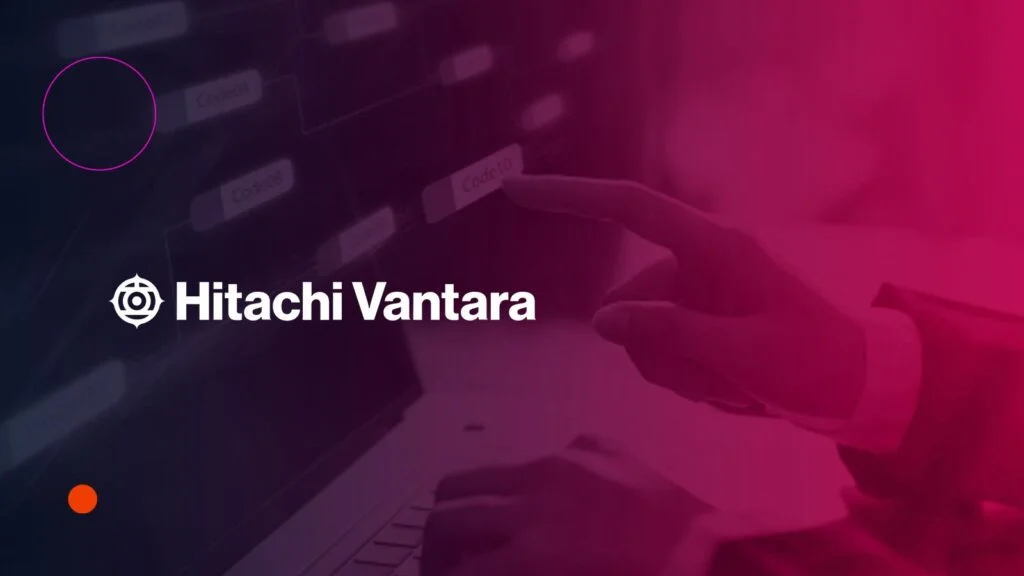
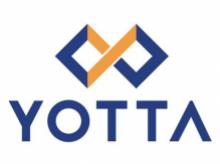

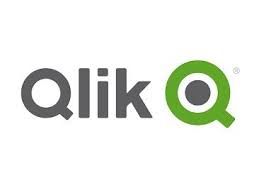
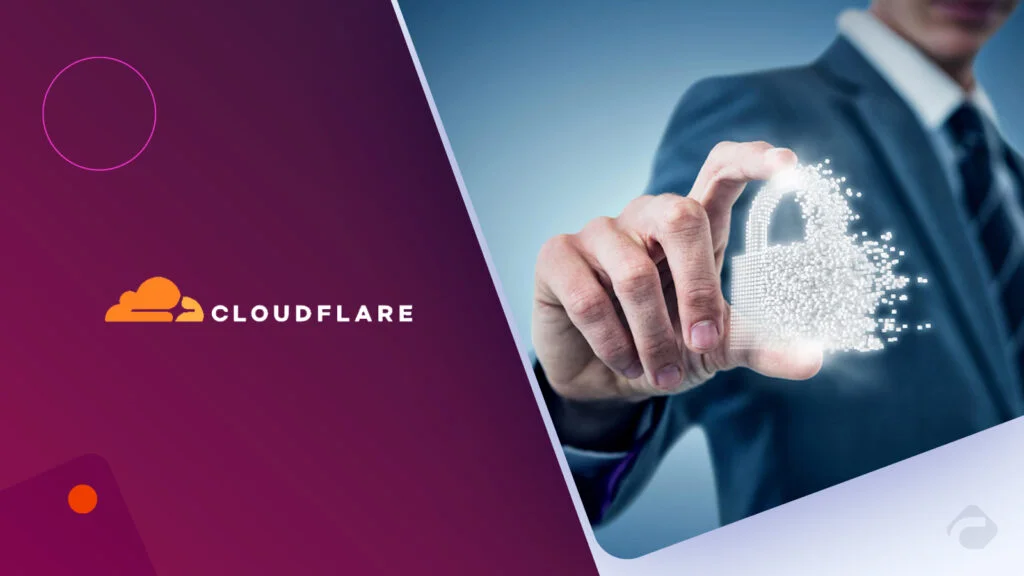

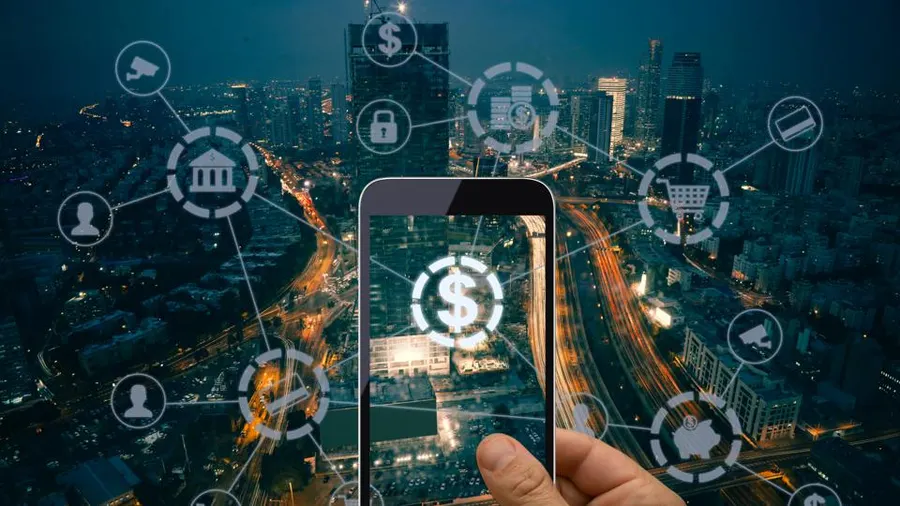
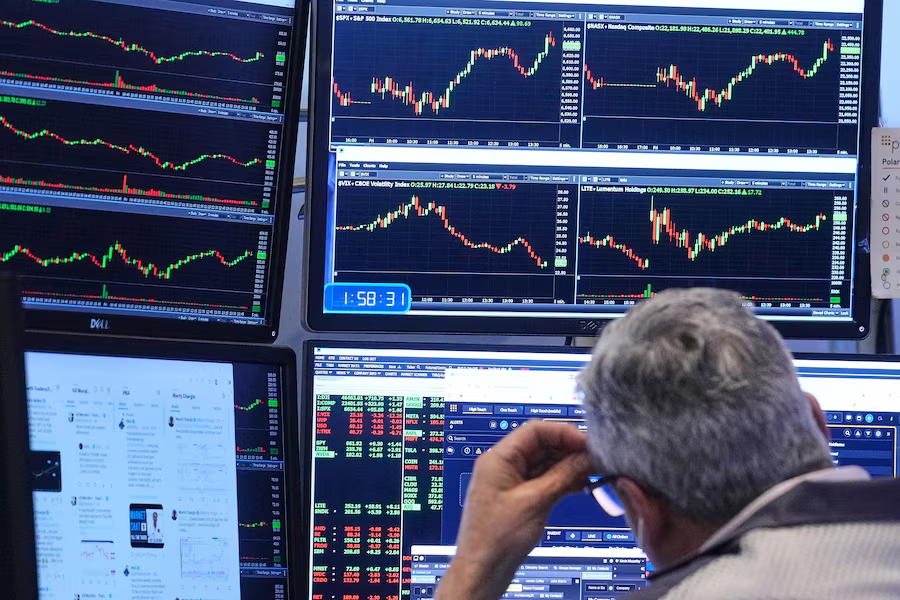

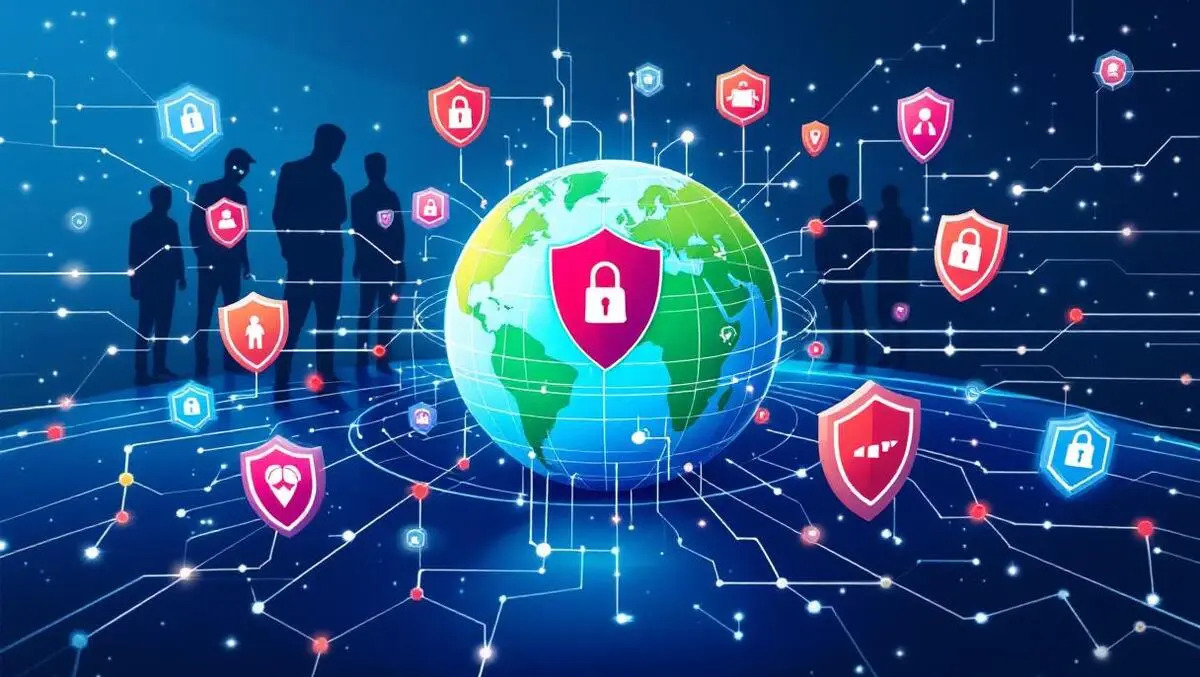
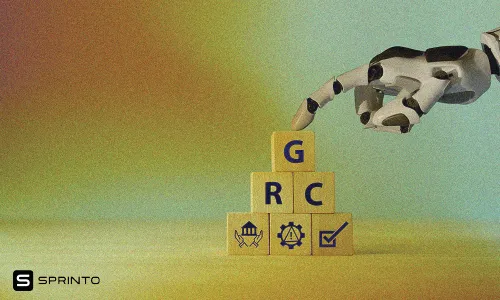

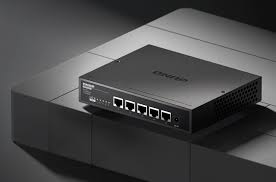
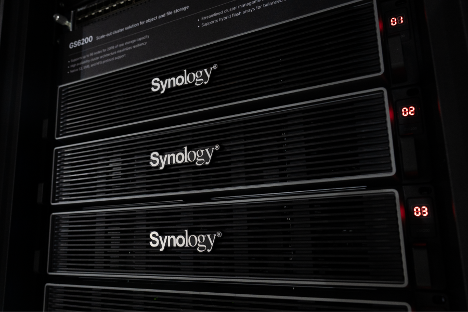









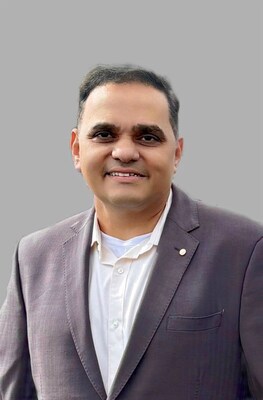



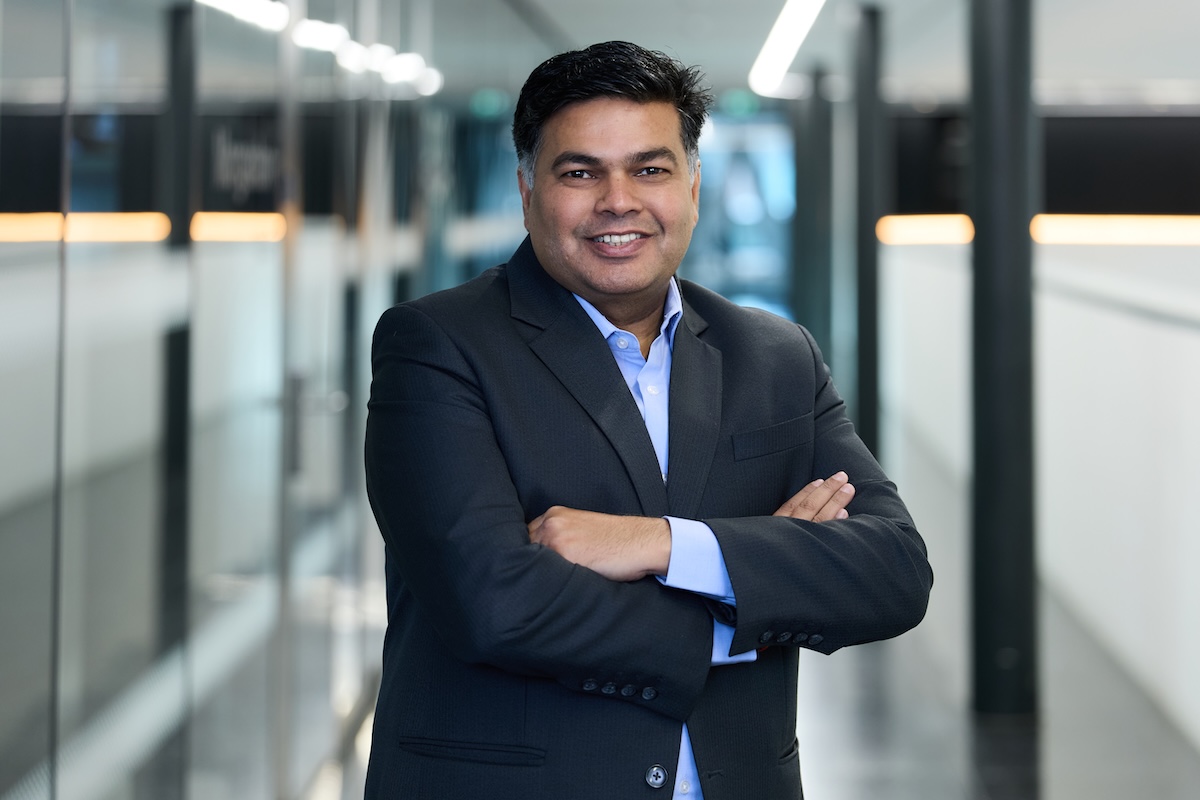



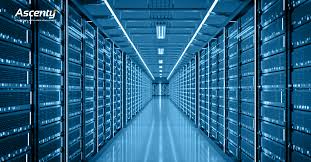
Leave A Comment